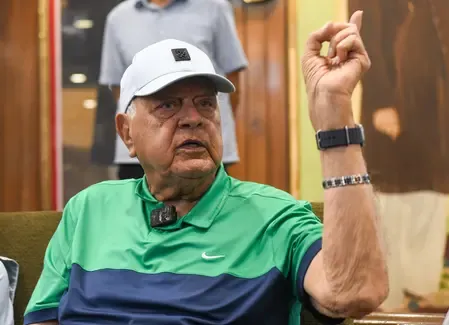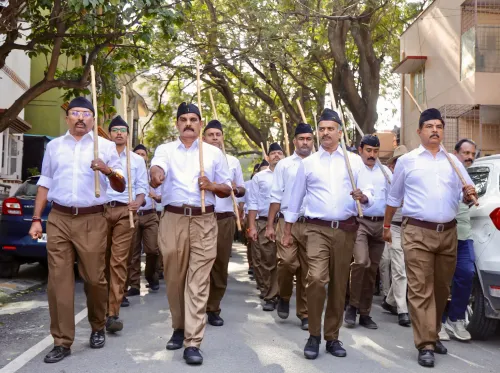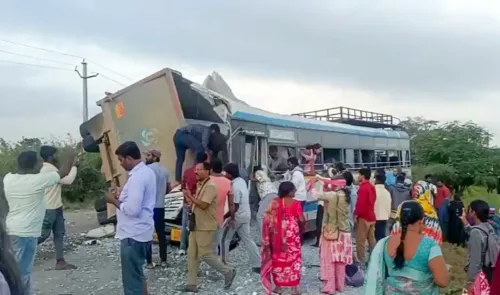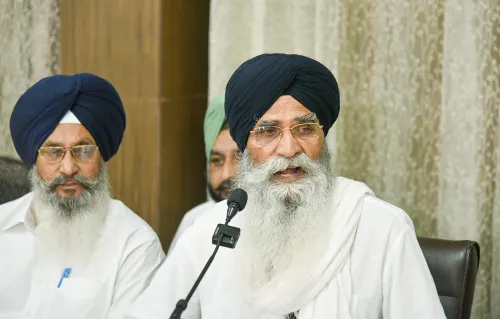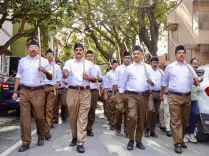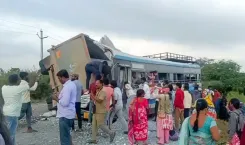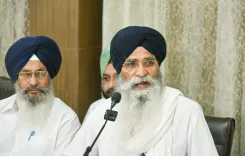How can University-Industry-Govt Collaboration Accelerate R&D?
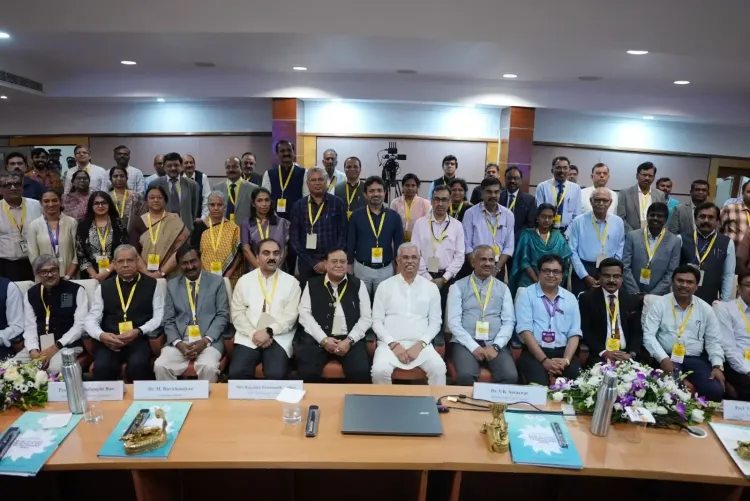
Synopsis
Key Takeaways
- Strengthening the UIG ecosystem is essential for facilitating research.
- Enhanced data sharing can break down silos in research institutions.
- Utilizing retired scientific talent can bolster innovation.
- The ROPE Framework guides the process of easing R&D efforts.
- Addressing both internal and external factors is crucial for success.
Thiruvananthapuram, Nov 2 (NationPress) The Union Secretary for Earth Sciences, Dr M. Ravichandran, has put forth a strong recommendation to enhance the University-Industry-Government (UIG) framework. He advocates for improved data sharing among institutions rather than operating in isolation and emphasizes the need for better science communication to make research findings more accessible to the public.
During the 8th Regional Consultative Meeting focused on "Ease of Doing Research and Development", Dr Ravichandran proposed utilizing the expertise of retired scientists to strengthen research efforts.
This meeting, organized by NITI Aayog at the National Centre for Earth Science Studies (NCESS) on October 30-31, gathered a prominent group of institutional leaders, vice chancellors, and representatives from scientific ministries for comprehensive discussions aimed at enhancing India's research and development landscape.
The session was inaugurated by Prof N.V. Chalapathi Rao, Director of NCESS, who stressed the importance of creating a supportive environment for scientific exploration and pointed out the vital role of regional research institutions in fostering innovation-driven growth. Prof Vivek Kumar Singh from NITI Aayog contextualized the meeting by introducing the ROPE Framework – Removing Obstacles, Promoting Enablers, which serves as the foundational strategy for NITI Aayog’s initiative on easing R&D processes. He highlighted that this framework's goal is to pinpoint institutional and policy challenges faced by researchers while simultaneously fostering supportive mechanisms like inter-agency collaboration and capacity building to create a favorable atmosphere for scientific advancements.
In his remarks, Dr V.K. Saraswat, a member of NITI Aayog, underscored that the ease of conducting R&D hinges on two pivotal aspects: internal and external factors. Internal factors pertain to the structure and governance of research institutions, while external factors include regulatory hurdles, funding frameworks, and cross-sector collaboration. He emphasized that addressing both areas concurrently is crucial for advancing India's ambition of becoming a global powerhouse in research and innovation.
The two-day meeting wrapped up with dynamic sessions and discussions involving representatives from academic institutions, research facilities, and governmental bodies, reaffirming a united commitment to cultivating a more enabling, efficient, and collaborative R&D ecosystem in India.

